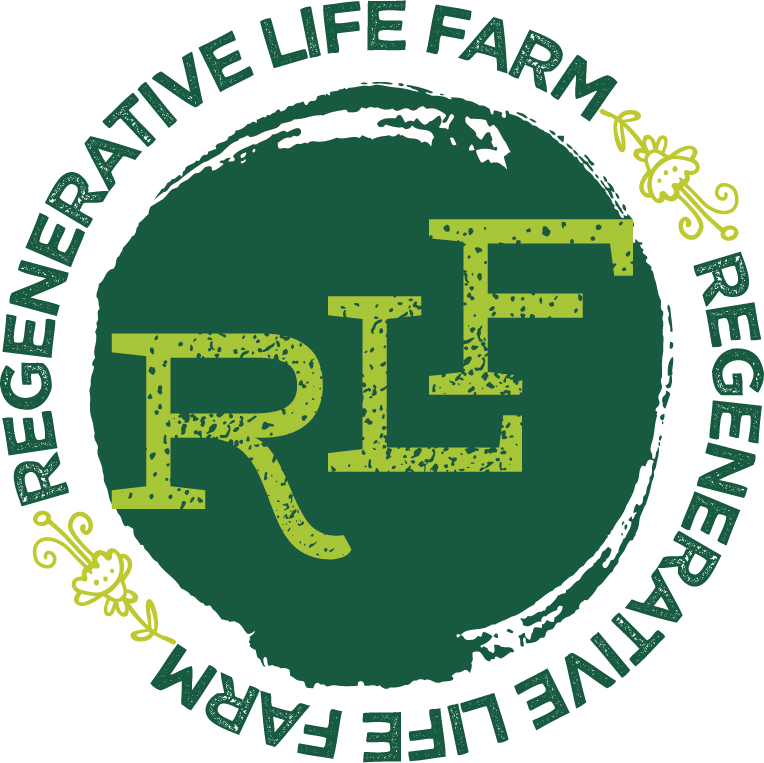Our Microbe Neighbors
This appeared in the February 11 edition of The Fish Wrap.
The key to a healthy soil is a fully functioning soil food web. Biology trumps chemistry. The soil food web has been depleted over the past century by our tillage practices, use of chemical fertilizers and various ‘icides (killers). Our soil food web can be regenerated by buying biology, or better yet, collecting Indigenous MicroOrganisms (IMO’s) from local healthy sources and reapplying to our unhealthy soils.
The diversity of people and animals that walk our planet is astounding, but pales in comparison to the amount of diversity in the microorganisms that live in, on and around us. Not only across the major regions of our planet, but throughout the microclimates that make up our local landscape are unique collections of IMO’s. Variety is important, but you also want large populations to cycle as many nutrients as possible to make them available for use by the plants.
There are many methods of collecting and growing IMO’s to redistribute into our soils. You can simply take a small portion of soil from a healthy area, or leave some kind of material (rice, wood chips, straw, etc) in different areas for a few months then return to collect the material. You can feed these collected materials in small bins or compost piles to increase the numbers then use different methods of teas/extracts to distribute across your soil.
Biology is going to be the future of agriculture, not chemistry. Biology is something that is available to us all and doesn’t have to come from global corporations. Farmers on every scale can work with biology to produce nutrient dense crops without the use of chemical fertilizers and an arsenal of ‘icides. The soil food web is complex beyond belief and will provide an abundance of nourishment for us all if we allow it.
